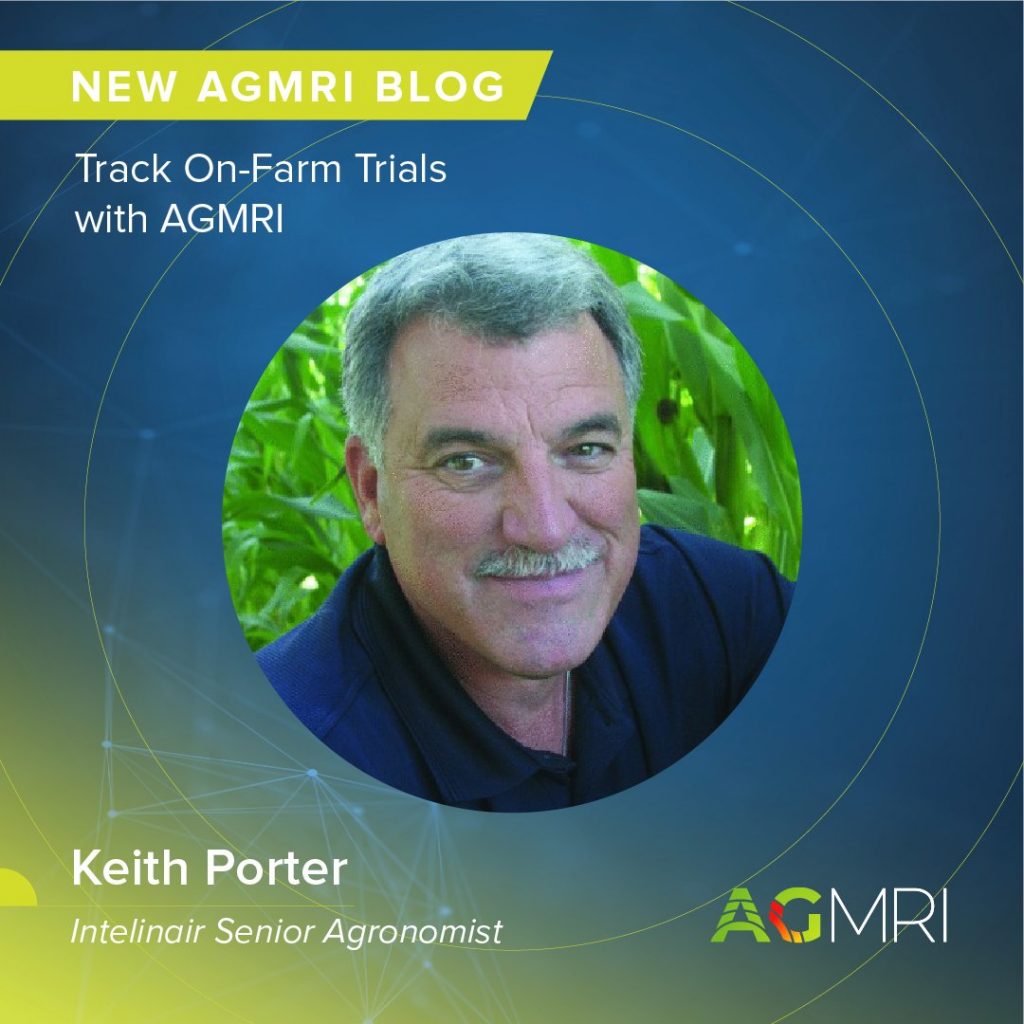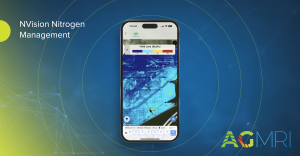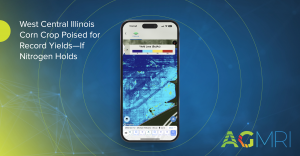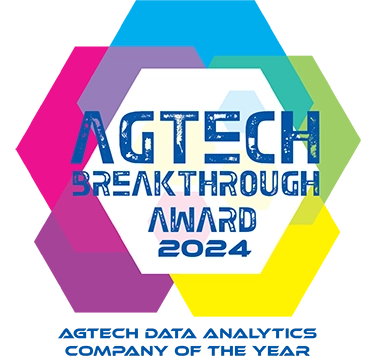In 2023, farmers will test new products to determine which could have the most impact on their farming operation versus their current products and practices. These trials will happen this growing season, just as they have in past seasons, across a multitude of acres. The trial focus can be improved yields with new hybrids or varieties, comparing varied application methods of crop protection products, such as fungicides, or perhaps even variable rates of crop nutrients. And, with the growing interest in the use of biological products – of various attributes – on-farm trials continue to provide insights for new product evaluations.
Tracking the performance of new versus current products or operational practices is often a challenge as the season progresses. In other words, typical seasonal activities and unexpected situations can distract us from monitoring and evaluation of these trials. With AGMRI images and analytics, farmers can track the potential impact of these new products and practices throughout the growing season at regular intervals.
The AGMRI platform enables farmers to compare their trials, side x side, in real time at key growth stages from planting through harvest. As in the example below of the hybrid comparison trial, a farmer or their trusted agronomic advisor can monitor any differences between the two hybrids regarding emergence, and any difference in response to environmental impacts, such as crop stress.
On-Farm Trial Example:

Corn Test Plot-Middle strip down corn
If your on-farm trials are an important part of your evaluation process and planning, consider AGMRI and its capabilities to support your decision making in future seasons.















